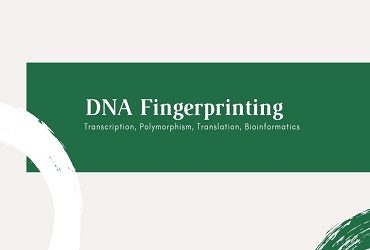Table of Contents
Phylum Platyhelminthes:
- Platyhelminthes is a phylum of dorsoventrally flattened acoelomate but triploblastic animals having bilateral symmetry and blind sac body plan.
- Due to their flattened nature, Platyhelminthes are also called flatworms.
- The term Platyhelminthes was coined by Gegenbaur (1859).
Characteristics of Phylum Platyhelminthes:
- Flatworms are free-living commensal or parasitic organisms. The free-living worms may be terrestrial or freshwater but a majority of endoparasitic.
- The body is dorsoventrally flattened, leaf-like or ribbon-like.
- The parasitic worms bear suckers and hooks to get attached themselves with hosts.
- Platyhelminthes are triploblastic animals with three germ layers- ectoderm, endoderm and mesoderm.
- Spaces between the body organs are filled with a mesodermal connective tissue, called parenchyma.
- Flatworms exhibit a definite organ system level of organisation. Flatworms are the first and the simplest animals that have organs and organ systems. The systems are simple.
- Excretion and osmoregulation occur by peculiar cells called flame cells or protonephridia or solenocytes. These are ammonotelic.
- The alimentary canal is branched or unbranched with an opening called a mouth.
- The nervous system includes a pair of an anterior ganglion (brain ganglion) and a ventral nerve cord.
- A skeletal system is absent. Flatworms are, therefore, soft. In certain cases scleroprotein cuticle is present.
- Flatworms have definite anterior and posterior ends. The concentration of sense organs at the anterior end marks the beginning of cephalization.
- Most of the flatworms are hermaphrodites but can reproduce asexually and by sexual methods. In sexually reproducing organisms, cross-fertilization occurs in most cases.
- Fertilization is internal and development is indirect through many larval stages.
- The power of regeneration is well marked in some flat worms.
Examples- Taenia Solium (Tapeworm), Fasciola (Liver Fluke), Echinococcus (Dog Tapeworm) and Planaria.
Advancement Over Coelenterates:
- Formation of organs.
- Cephalisation.
- Three germ layers.
- Polarized ladder-like a nervous system.
- Gonads with gonoducts.
- Copulatory organ.
- Flame cells as excretory structures.
- The occurrence of muscles in the body wall and gut wall.
- Bilateral symmetry.









Comments (No)